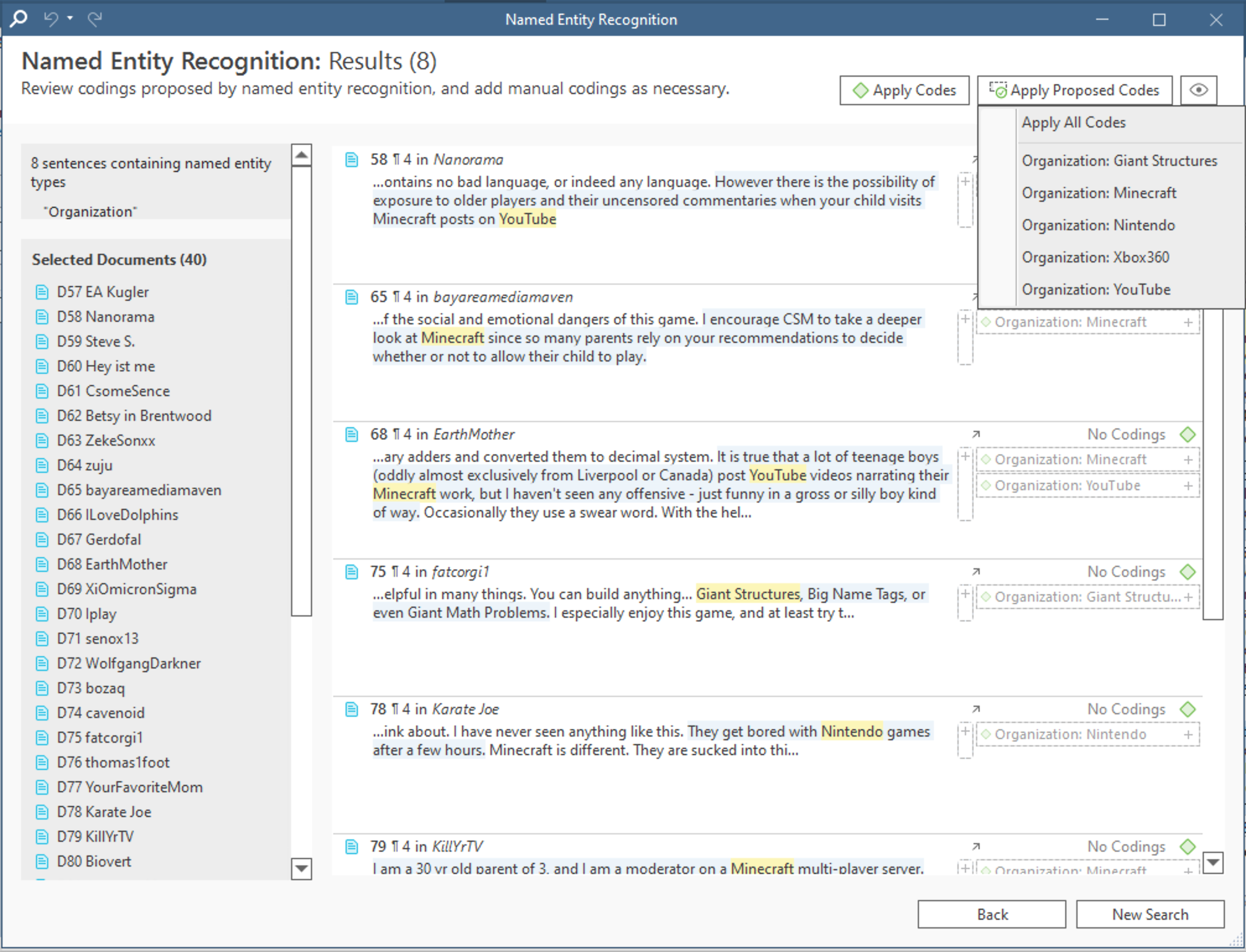Types of data analysis - Some basics
- Descriptive data analysis
- Exploratory data analysis
- Predictive data analysis
- Diagnostic data analysis
- Prescriptive data analysis
- Data analysis tools
Depending on the object of study, the type of data collection is selected. There are also different methods for data analysis:
- Descriptive data analysis
- Exploratory data analysis
- Predictive data analysis
- Diagnostic data analysis
- Prescriptive data analysis
Basic knowledge about statistical methods are essential: What are the independent variables in your regression analysis?
Of course, you should choose the type of analysis before you start the data analysis process.
Descriptive data analysis
The purpose of descriptive data analysis is to describe the data found in a sample using characteristic values and to present them in graphical or tabular form. This presentation of data is concerned with individual variables and their characteristics.
On the one hand, the aim is to summarize the collected and processed data into meaningful tables, measures, graphs, etc., and on the other hand, to examine the extent to which the results obtained based on a sample can be transferred to the actual population of interest.
Descriptive statistics often stands at the beginning of data analysis and is often combined with other methods. Data from the past are analyzed in order to draw conclusions. Before one can test one's actual hypotheses, one should check whether the variable of the sample is normally distributed, e.g. the age or the gender ratio reflects that of the population.
Three main measures are used to describe the data:
- Measures of dispersion (e.g. standard deviation or variance)
- Position parameters (e.g., arithmetic mean or median)
- Correlation measures (e.g. correlation coefficient or contingency coefficient)
Exploratory data analysis
Exploratory data analysis or exploratory statistics is a branch of statistics. It examines and appraises data of which there is little knowledge about their relationships. Many EDA techniques are used in data mining.
Using appropriate representations and calculations, data are examined for patterns or relationships. Research is done to find interesting information in the data that cannot be seen at first glance when simply looking at it in descriptive analysis.
Predictive data analysis
Predictive analysis includes a variety of statistical techniques from data mining, predictive modeling, and machine learning. Current and historical data are analyzed to make predictions about future events. For example, lending institutions can obtain predictions about the solvency of potential borrowers.

Diagnostic data analysis
Diagnostic analysis deals specifically with the question of why something happened. By comparing historical and other data, identifying patterns, and uncovering relationships, it finds causes or mutual interactions. Diagnostic data analysis can be used to solve specific problems because it identifies root causes.
Prescriptive data analysis
Prescriptive data analysis is the most complex and costly category of analysis. It provides great added value by answering the research question, such as how to achieve the set goals. Prescriptive data analyses are based on historical and current data from internal and external data sources. They use results of previously described analysis categories. Predictions are continuously updated. Machine learning and artificial intelligence algorithms or neural networks are used, for example.
Data analysis tools
Big data? No worries! Data analytics can be adventurous. What you want are clear data analysis steps and decent data visualization. With the right tools, you can handle large numbers of raw data and optimize data-driven processes.
Suppose you want to complement your big data analysis and dig deeper to understand better what is going on in the data. In that case, you can rely on ATLAS.ti as your go-to-analysis tool for qualitative and mixed-methods analysis. Try it out for free.




